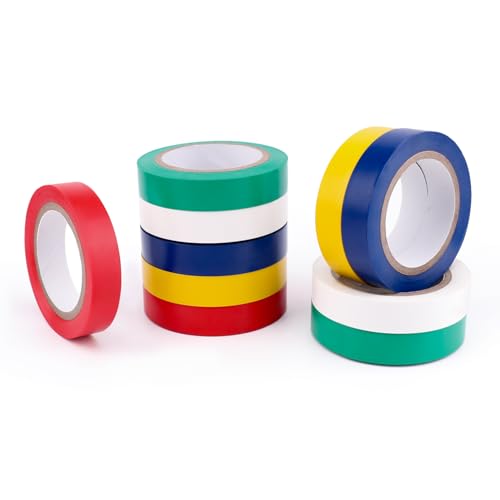sidewinder
thanks for the input
if the exsiting Live brand breaker is replaced with the same specs (6ka/32A) but a better manufacture i dont see any problem with this? It would be compatible and would work.
Nothing has been proposed yet.
As it stands today im emailing the orginal installer and getting no where fast.
I'm gathering information here on what the correct cable should be with the correct breaker. if the manual says 10mm + 50A then i guess i cant ignore that and need to pass that information onto the sparky.
He will want me to buy materials i presume (or he may do himself) if he does then i need to ensure im getting A) correct breaker b) correct cable
going on the presumption of the manual a 50A breaker ( SE brand) and a 10mm cable should do the trick.
it will be upto the sparky todo the run, ADS tests and sign off.
unless ive totally got that wrong.
Current MCB is type B
Mixing of brands of devices within a consumer unit breaks the product safety standards requirements and the product safety legislation.
Therefore your Livd branded consumer unit with some Live brand devices and some from another company will no longer comply with the legislation.
The person who did the modifications will be the manufacturer of the assembly in the eyes of the law and will be legally responsible for any incidents or damage etc arising from the assembly.
The breach is under H&S legislation, therefore in UK law, the burden of proof is reversed.
It is down to the legal person (natural person, or legal entity) that created the assembly to prove that the item was safe and could not have caused the issues.
By virtue of the mixture of devices, both manufacturers will be stating that the assembly is mon compliant and thus dangerous, so you will have to overcome this.
Then pay for the testing of your design and build of the assembly.
This is going to cost well into 7 figures.
If you can prove that the assembly is safe, then you are going to be asked for the rest of the technical file for the devices and assembly.
Which you cannot provide as you didn't design the equipment and those who did have no requirement in law to provide you with this information, not even with a court order.
Then the requirements for product liability insurance will raise their head against whoever undertook the design and manufacture of the mixed assembly.
I believe that insurance is a legal requirement.
Possibly finally your home insurance policy is going to potentially refuse to pay for anything if you are the person who undertook the design and manufacture.
If they do pay them they may follow up with a claim back against the insurers of the person who did the design and manufacturing, if that person has no insurance then it will be a personal claim against them.
This is unlikely to happen, but, you need to understand that just changing things electrical, even in your own home is not always without consequences.

































































